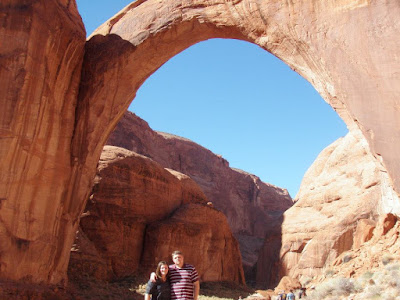Visited: Feb 2018
Nearby towns: Terlingua, TX; Alpine, TX, Boquillas Del Carmen, Mexico
In a far-flung incredibly remote corner of West Texas lies a desert paradise. Big Bend is a huge National Park full of beautiful desert landscapes, hikes, trails, rafting trips & adventures, campgrounds, abandoned hot springs, and more.
The aptly named Rio Grande winds nearly 1,900 miles, with 889 miles of that forming the border between Texas and Mexico. The park focuses on a particularly large bend (Big Bend...duh) of the river. It's a lovely empty place, but there's lots of fun here. We stayed in the quirky old mining town of Terlingua. It's basically a ghost town but there's plenty to do here for tourists. If you're not camping inside the park (there is also a hotel in the park, the Chisos Mountain Lodge), Terlingua is a good place to stay. The closest major town of Alpine (which only has about 5,000 people), is about 60 miles away.
The park is massive and you're going to want to devote a couple of days to explore it. There are 5 visitor centers (2 of them close during summer). Our first stop was Santa Elena Canyon. This beautiful gorge is an awesome place, and if you only do one hike in the park, make it this one. It's only about a mile long. There are a number of outfitters in Terlingua that offer rafting trips through the canyon (unfortunately they don't run when we visited in February), you have to wait later in the year for the river level to be high enough. There were kayaking trips available in winter, but they run in different sections of the river outside of the park boundaries, and not in the canyon.
 |
| The Chisos Mountains way in the distance, these are located in the heart of the park |
 |
| the mouth of Santa Elena Canyon |
 |
| US on the right, Mexico on the left |
Love the view of the Canyon in the distance. There are about 100 miles of roadways throughout this park, it was fun to drive around and soak up the harsh beauty of the desert.
 |
| This irregularly shaped mountain is known as Mule Ears...do you see it? |
Take the Grapevine Hills Road (it's gravel) for a couple of miles out to the trailhead of Balanced Rock. This is a short hike to an incredible rock formation.
 |
| Balanced Rock |
In the interior of the park is the Chisos Mountain region. This is a much higher altitude than the other portions of the Park. This creates a much different environment that contrasts with the desert floor. We did the Lost Mine Trail, it's about 4 miles round trip.
Head over to the eastern edge of the park to the Rio Grande Village. Here you will find the largest campground in the Park. There's also a small dirt road that you can take for a couple of miles for a short hike to some abandoned Hot Springs. This old resort still has some natural hot springs right along the river that you can enjoy. It was very pleasant and one of our favorite experiences in this park.





Another fun and unique experience is to take the international ferry crossing into the small remote village of Boquillas Del Carmen. This is a must do, it's the only international crossing in our National Parks. Make sure to bring your passports. We went first thing in the morning, it's a $5 ride on the ferry (it's a rowboat). Once you cross, you can take a car, horse or donkey into town, or you can just walk (it's about three-quarters of a mile). We chose to walk, bear in mind that if you take the horse or donkey, the guide will act as your tour guide in the village, and will expect tips. Just be prepared for that, if you don't want a tour guide and want to explore on your own, just walk. The town is very small, but very colorful and eccentric. There was an outstanding restaurant (homemade in Grandma's kitchen) where we got goat tacos and tamales. They were incredible! Amazing and authentic Mexican food.
 |
| the ferry |
 |
| Tara's first time in Mexico |
 |
| Make sure to stop here to eat. The only other restaurant in town is across the street |
The Mexican village was a great and memorable experience, make sure to buy some souvenirs or some "No Wall" memorabilia 😀Big Bend is a fantastic National Park and we enjoyed our stay immensely. We can't wait to go back and do some rafting down the Rio Grande. More info here:
https://www.nps.gov/bibe/index.htm














